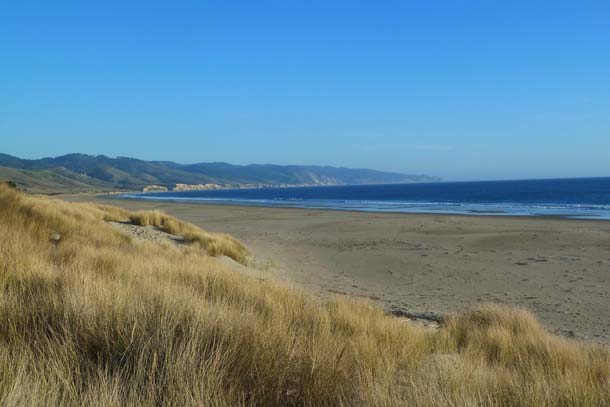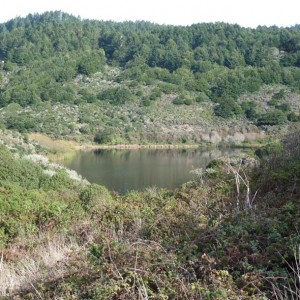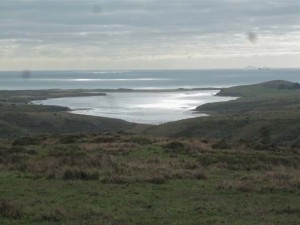Limantour Beach, hiked on December 17, 2012
This post is the final one in Jules Evens’s yearlong quest to hike and write about every trail at Point Reyes National Seashore, which turned 50 years old in 2012. Learn more
. . . to say that man is related to the whole thing, related inextricably to all reality, known and unknowable . . . it is advisable to look from the tide pool to the stars and then back to the tide pool again.
—John Steinbeck, (1951), Log of the Sea of Cortez.
To Mr. Steinbeck’s sage advice, I’d add the beach and the marsh to the tide pool and the stars. Limantour Beach and Estero is one of the places on earth where the known and unknowable come into sharp focus. It seemed a fine choice for the last trail of my 2012 “walkabout” on the Point Reyes Peninsula. I’ve been to Limantour hundreds of times, but each visit is a singular experience. The trail along the ridge of the dune that runs parallel to the beach, is only a mile long, but there are many side spurs and deer trails to follow, and beyond the trail, the walk along the beach to the end of the spit is a spectacular two miles more— a gentle stroll unless a winter storm is roiling in off the Pacific. Drake’s Bay is relatively calm with the energy of the northwest swell broken by the outer headlands, so those sneaker waves that find the north shore of the peninsula are only the slightest possibility on this gentler coastline.
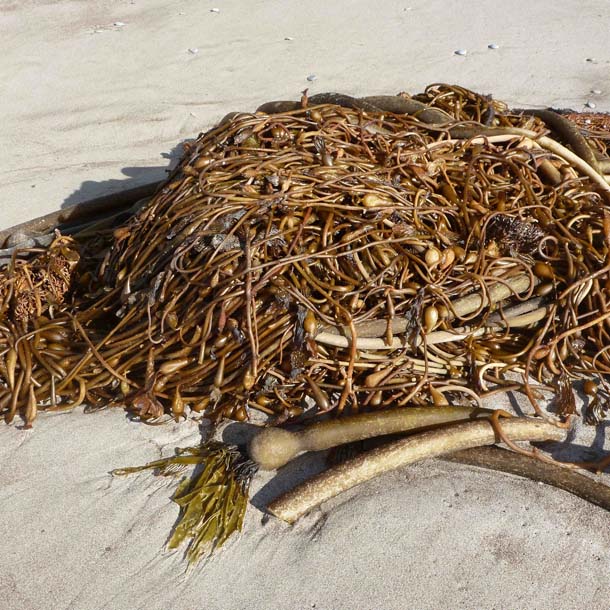
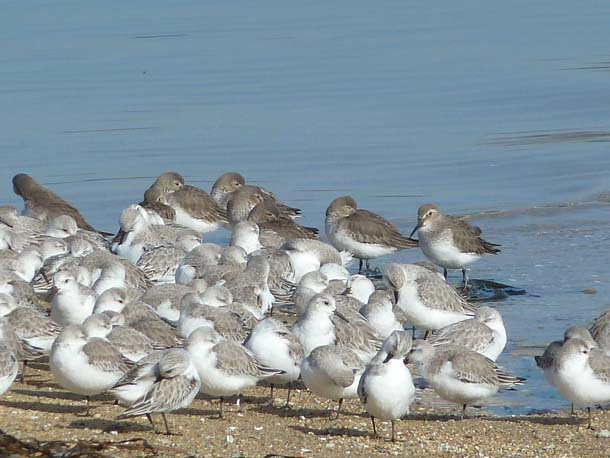
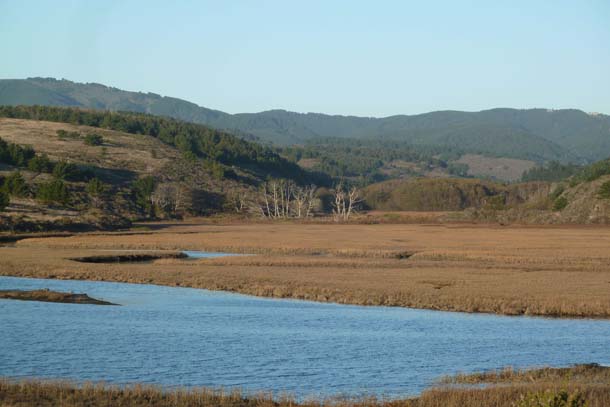
The outer spit shelters the inner Limantour Estero from the Pacific swells, creating one of the most dynamic estuaries on the Pacific coast. The tidal marshes of the inner estuary, sheltered from the wave energy of the outer beach, are productive habitats, filtering runoff from uplands and fueling the marine food webs that find sustenance and shelter here. The semidiurnal pulse of the tidal prism pushes-and-pulls nekton, plankton, fish and waterbirds in-and-out of the estuary—a circadian throbbing of life. Occasionally leopard sharks or bat rays, salmon or sturgeon, wander in to explore, forage, or even to breed.
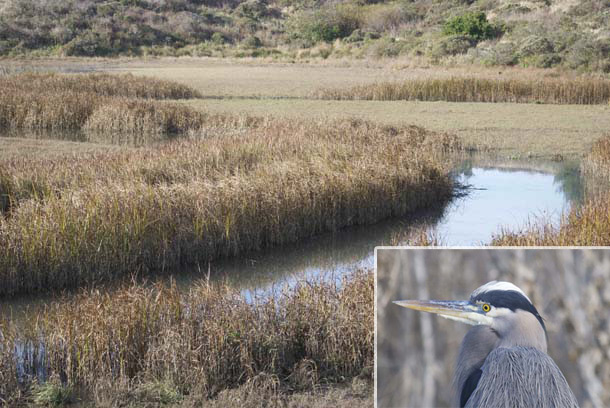
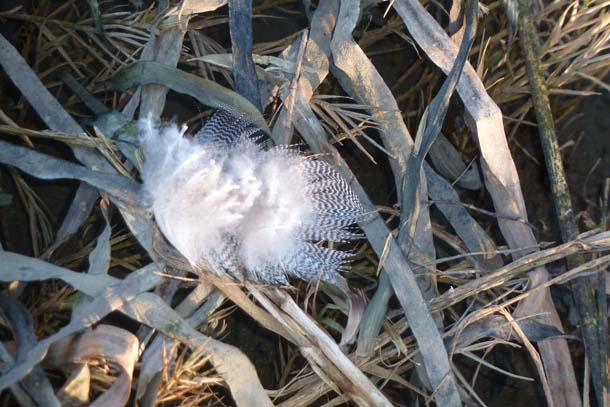
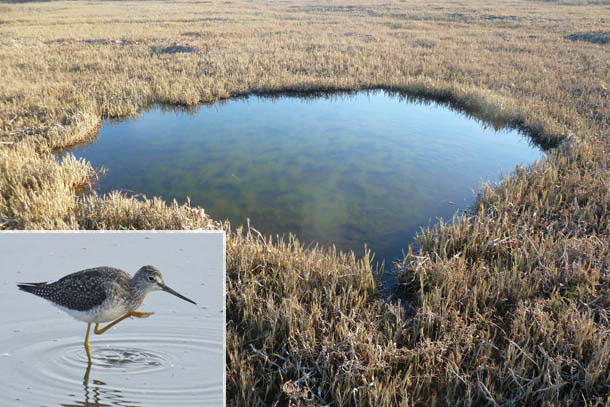
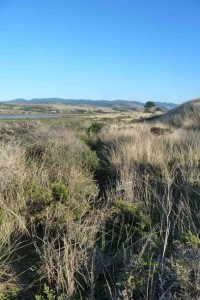
Areas of the inner dunes that are not dominated by a monoculture of beachgrass are more botanically diverse and, in turn, support a more diverse community of animals. In winter, small landbirds forage through the coyote bush and lupine. On warmer days, fence lizards and garter snakes scurry across the sand. Deer mice and voles spend their frenetic energy crisscrossing the undergrowth of shrubbery. On occasion we’ve flushed short-eared owls and burrowing owls from the dune scrub, or a northern harrier that has quarried a quail. Coyote, gray fox, Stripped Skunk, Black-tailed Deer, and the occasional bobcat venture to the outerdunes, revealed by their tracks and scat, and probably prowling the wrack line of the outer beach for whatever carrion has washed ashore on the last flood tide.
Beyond the dunes, the spit changes into what it must have looked like before the newcomers “stabilized” dunes with beachgrass. Here, the wind, waves, and salt is too much, even for the hardiest colonizing plants, and the sandscape freely expresses its graceful wind-sculpted geometry—advancing slip-slopes, parabolas, arbelos, soft-edged polygons, crescents, ovular and elliptical curves.
It takes a certain intrepid sort to choose this mercurial landscape as its place on Earth, and here we find the signature —the Western Snowy Plover, the plump little feather puff of the barren beaches.
And so ends the 2012 Walkabout . . . Onward!
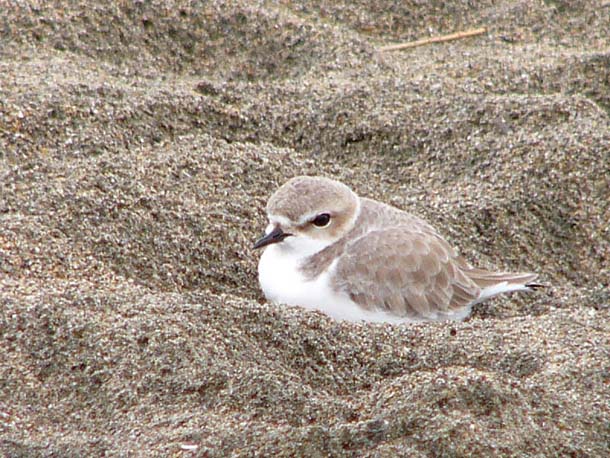
Acknowlegements
Many thanks to the companions who joined me on the trail this day to conduct the Point Reyes Christmas Bird Count (Area 30): Scot Anderson, Len and Patti Blumin, Bonnie Felix, Gayanne Lathrop, Jan Langdon, and Claire Peaslee. Also, all the friends and colleagues who sponsored me on the 2012 Point Reyes Walkabout to raise funds for the Point Reyes National Seashore Association and the folks at Bay Nature, especially editor Dan Rademacher, who posted all 30 Walkabout contributions.
CRITTER LIST
Dec. 17, 2012-Christmas Bird Count: Limantour Area
Birds
unusual species in BOLD
Brant
Gadwall
American Wigeon
American x Eurasian Wigeon
Mallard
Northern Shoveler
Northern Pintail
Green-winged Teal
Greater Scaup
Lesser Scaup
Surf Scoter
Bufflehead
Common Goldeneye
Red-breasted Merganser
California Quail
Red-throated Loon
Pacific Loon
Common Loon
Pied-billed Grebe
Horned Grebe
Red-necked Grebe
Eared Grebe
Western Grebe
American White Pelican
Brown Pelican
Brandt’s Cormorant
Double-crested Cormorant
Pelagic Cormorant
Great Blue Heron
Great Egret
Snowy Egret
Turkey Vulture
Osprey
White-tailed Kite
Northern Harrier
Red-tailed Hawk
American Kestrel
Peregrine Falcon
Virginia Rail
Black-bellied Plover
Snowy Plover
Semipalmated Plover
Killdeer
Greater Yellowlegs
Willet
Long-billed Curlew
Sanderling
Western Sandpiper
Least Sandpiper
Dunlin
Wilson’s Snipe
Ring-billed Gull
California Gull
Western Gull
Glaucous-winged Gull
Common Murre
Ancient Murrelet
Great Horned Owl
Anna’s Hummingbird
Belted Kingfisher
Downy Woodpecker
Northern Flicker
Black Phoebe
Hutton’s Vireo
Common Raven
Chestnut-backed Chickadee
Bushtit
Bewick’s Wren
Marsh Wren
Ruby-crowned Kinglet
Western Bluebird
Hermit Thrush
American Robin
Wrentit
American Pipit
Yellow-rumped Warbler
Townsend’s Warbler
Hermit Warbler
Common Yellowthroat
Spotted Towhee
Savannah Sparrow
Fox Sparrow
Song Sparrow
Lincoln’s Sparrow
Swamp Sparrow
White-crowned Sparrow
Golden-crowned Sparrow
House Finch
Mammals
Black-tailed Deer
Bobcat (scat)
Brush Rabbit
California Gray Whale
California Sea Lion (dead on beach)
California Vole
Coyote (tracks)
Dusky-footed Woodrat (nest)
Gray Fox (tracks)
Harbor Seal
Raccoon (tracks)
Tule Elk

